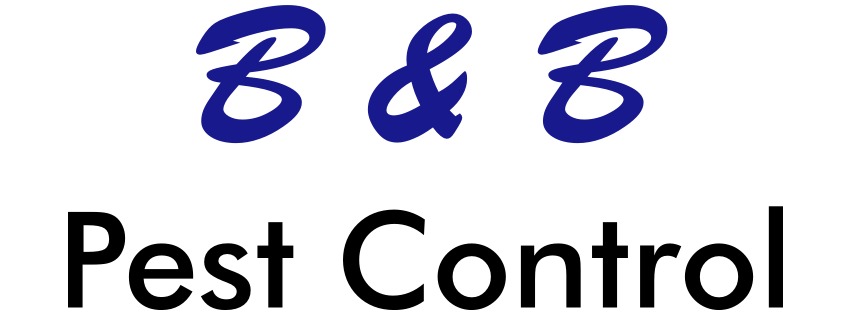Boston and its surrounding areas host a variety of ant species. Here are some of the most common ones you might encounter:
1. Pavement Ant (Tetramorium caespitum)
- Appearance: Small, about 1/8 inch long, with dark brown to black bodies and light-colored legs.
- Behavior: Often found nesting under sidewalks, driveways, and building foundations. They are known for creating small mounds of soil.
- Diet: Omnivorous, feeding on sweets, proteins, and grease.
2. Carpenter Ant (Camponotus species)
- Appearance: Large ants, ranging from 1/4 to 1/2 inch long, usually black or bicolored red and black.
- Behavior: Prefer moist, decaying wood for nesting. They do not eat wood but excavate it to build their nests.
- Diet: Primarily feed on proteins and sugars, often found foraging in kitchens.
3. Odorous House Ant (Tapinoma sessile)
- Appearance: Small, about 1/8 inch long, with a dark brown to black body.
- Behavior: Known for the coconut-like odor they emit when crushed. They nest inside walls and under floors or outdoors under stones and logs.
- Diet: Attracted to sweets, particularly honeydew from aphids.
4. Pharaoh Ant (Monomorium pharaonis)
- Appearance: Very small, about 1/16 inch long, with a light yellow to reddish-brown body.
- Behavior: Often infesting homes and hospitals, they can spread pathogens. They form large colonies with multiple queens.
- Diet: Primarily feed on sweets, proteins, and fats.
5. Citronella Ant (Lasius interjectus)
- Appearance: Medium-sized, about 1/4 inch long, with a yellowish body.
- Behavior: Emit a lemon-like odor when crushed. Typically nest outside under rocks, logs, or in soil.
- Diet: Prefer sweet substances and are often associated with aphids.
Understanding these ants’ appearances and behaviors can help in identifying them and managing any infestations effectively. If you’re in Boston and dealing with an ant issue, recognizing these common types is the first step towards effective pest control.

